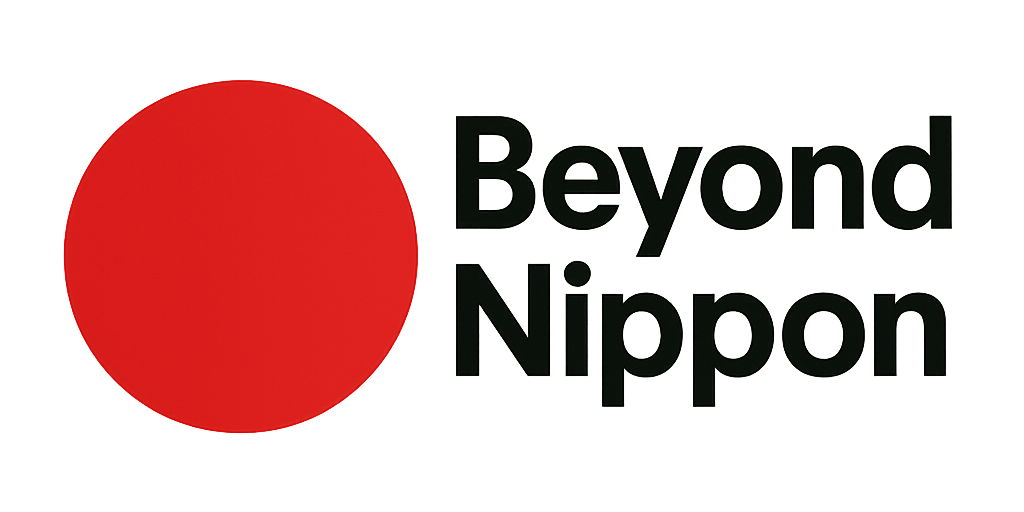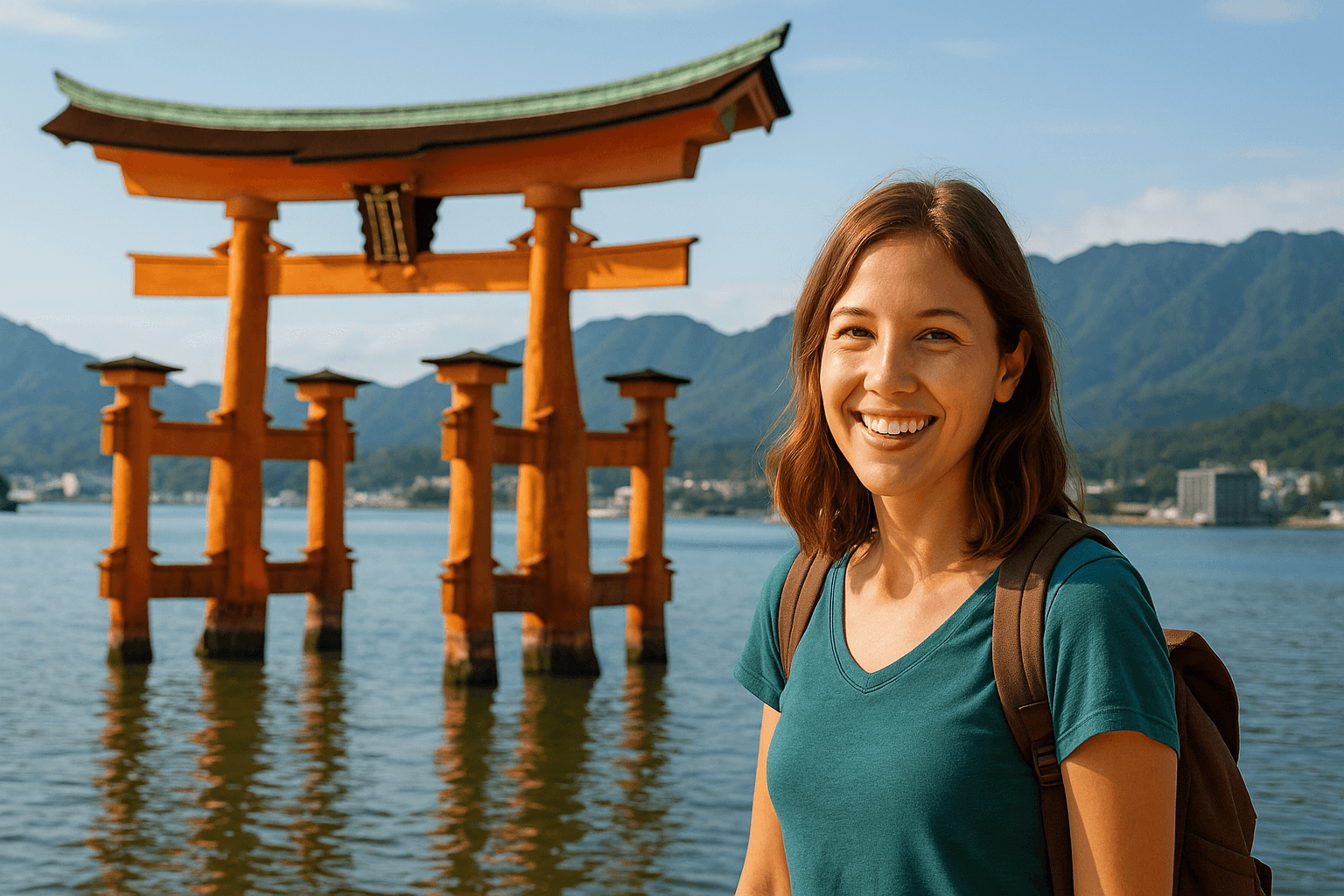Hiroshima is a city that needs no introduction. Known worldwide for the tragic events of August 6, 1945, when the first atomic bomb was dropped here, Hiroshima has since rebuilt itself into a vibrant, welcoming city that stands as a beacon of peace. Today, Hiroshima offers travelers a chance to reflect on history, but also to enjoy a modern, dynamic destination filled with culture, cuisine, and natural beauty.
If you’re short on time, a Hiroshima 2 day itinerary is the perfect way to experience both the solemn history of the city and the breathtaking beauty of nearby Miyajima Island. This guide will walk you through a well-balanced plan, covering must-see sites, local food, transport tips, and recommended hotels.
History Meets Modern Hiroshima
Hiroshima’s name is forever linked to the atomic bombing, and visiting the Peace Memorial Park is an essential experience. But Hiroshima is more than its tragic past—it’s also a thriving city with lively neighborhoods, great food (hello, okonomiyaki!), and easy access to stunning natural spots like Miyajima.
This Hiroshima 2 day itinerary balances remembrance with discovery. On Day 1, you’ll explore the city itself: the Peace Park, the Atomic Bomb Dome, Hiroshima Castle, and its culinary highlights. On Day 2, you’ll venture to Miyajima, one of Japan’s most beautiful islands, known for Itsukushima Shrine and Mount Misen.
Day 1 Itinerary: Peace Park, Hiroshima Castle, and Local Food
Morning: Hiroshima Peace Memorial Park and Museum
Start your day at Hiroshima Peace Memorial Park, the heart of the city’s legacy.
- Atomic Bomb Dome (Genbaku Dome): This UNESCO World Heritage Site is the preserved ruin of a building near ground zero. It stands as a stark reminder of the destruction, yet also a symbol of peace.
- Peace Memorial Museum: A moving and informative museum with exhibits about the events of August 6, the aftermath, and global nuclear issues. Allocate at least 1.5–2 hours here.
- Children’s Peace Monument & Peace Flame: Dedicated to Sadako Sasaki and all child victims of the bombing, the monument is surrounded by paper cranes folded by children from around the world.
💡 Tip: Arrive when the museum opens (9:00 AM) to avoid crowds. The park can be emotionally heavy, so give yourself time to reflect.
Lunch: Hiroshima-style Okonomiyaki
After a somber morning, lift your spirits with Hiroshima’s most famous dish: Hiroshima-style okonomiyaki. Unlike Osaka’s version, Hiroshima layers noodles, cabbage, and toppings into a savory pancake.
- Where to try:
- Okonomimura (Okonomiyaki Village): A building filled with multiple okonomiyaki stalls.
- Nagata-ya: Highly rated, near the Peace Park.
- Hassho: Beloved by locals for authentic flavor.
Afternoon: Hiroshima Castle
Known as the Carp Castle, Hiroshima Castle was originally built in the 16th century but destroyed in 1945. The current reconstruction houses a museum on samurai culture and the castle’s history.
- Highlights:
- Exhibits on samurai armor, weapons, and castle history.
- Panoramic views of Hiroshima city from the top floor.
- A beautiful moat and reconstructed gates.
Evening: Explore Downtown Hiroshima
Spend the evening wandering Hiroshima’s vibrant downtown districts.
- Hondori Shopping Arcade: Covered street with shops, restaurants, and arcades.
- Nagarekawa: Hiroshima’s nightlife hub, filled with izakayas, bars, and karaoke spots.
- Local specialties to try:
- Hiroshima oysters: Fresh and juicy, available grilled or raw.
- Tsukemen: Spicy dipping noodles unique to Hiroshima.
💡 Tip: Try a riverside izakaya for dinner to enjoy Hiroshima’s relaxed atmosphere at night.
Day 2 Itinerary: Miyajima, Itsukushima Shrine, and Mt. Misen
Morning: Miyajima and Itsukushima Shrine
On your second day, take a trip to Miyajima, one of Japan’s most scenic islands, just an hour from Hiroshima.
- Getting there: From Hiroshima Station, take the JR Sanyo Line to Miyajimaguchi Station (30 minutes), then the JR ferry (10 minutes). Both are covered by the JR Pass.
- Itsukushima Shrine: Famous for its “floating torii gate”, this UNESCO World Heritage Site is best seen at high tide when the gate appears to float on the water. During low tide, you can walk out to the gate.
- Town stroll: Miyajima’s streets are lined with souvenir shops, cafés, and food stalls. Don’t miss momiji manju (maple leaf-shaped cakes) and grilled oysters.
💡 Tip: Check the tide schedule before you go. The torii gate looks different at high tide versus low tide—both are worth experiencing.
Lunch: Island Delicacies
- Grilled oysters: Miyajima is renowned for oysters, served fresh off the grill.
- Anago-meshi: Grilled conger eel on rice, a regional specialty.
- Momiji manju: Sweet cakes filled with red bean paste or custard.
Afternoon: Hiking Mt. Misen
For breathtaking views, head up Mount Misen, Miyajima’s sacred peak.
- Options:
- Ropeway: A scenic ride halfway up, then hike the rest (30–40 minutes).
- Full hike: Several trails (1.5–2 hours), passing through forests and temples.
- Highlights:
- Panoramic views of the Seto Inland Sea and Hiroshima city in the distance.
- Reikado Hall: A temple housing the “Eternal Flame” that has burned for over 1,200 years.
- Wild deer: Friendly deer roam freely around the island (but don’t feed them).
Evening: Return to Hiroshima
After a full day, take the ferry and train back to Hiroshima. Depending on your energy, enjoy a quiet dinner near your hotel or try another izakaya for a last taste of Hiroshima’s cuisine.
Access and Transport Tips
Hiroshima is easy to reach and navigate, especially with a JR Pass.
- From Tokyo: About 4 hours on the Tokaido-Sanyo Shinkansen (covered by JR Pass except Nozomi trains).
- From Kyoto/Osaka: Around 1.5–2.5 hours by Shinkansen.
- Local transport:
- Streetcars (Hiroden): Convenient and cheap for getting around Hiroshima city.
- Buses: Useful for reaching Hiroshima Castle or more distant attractions.
- JR trains & ferry: Efficient for Miyajima day trips.
💡 Tip: Buy a 1-day streetcar pass if you’ll be hopping around the city—it’s affordable and easy.
Recommended Hotels in Hiroshima
Choosing the right base makes your stay smoother. Here are options across different budgets.
Budget
- K’s House Hiroshima: Clean and friendly hostel near the Peace Park.
- Guesthouse Hiroshima Station Inn: Convenient for train travelers.
Mid-Range
- Hotel Granvia Hiroshima: Directly connected to Hiroshima Station, ideal for day trips.
- Mitsui Garden Hotel Hiroshima: Central location with modern comforts.
Luxury
- Sheraton Grand Hiroshima Hotel: Spacious rooms, great dining, and next to the station.
- Rihga Royal Hotel Hiroshima: Close to Hiroshima Castle and Peace Park, with sweeping views.
💡 Tip: Stay near Hiroshima Station if you plan to visit Miyajima or continue traveling by Shinkansen. For a more atmospheric stay, choose a hotel near Peace Park.
Conclusion
Hiroshima is a city of resilience, memory, and beauty. In just two days, you can reflect on its profound history at the Peace Memorial Park, admire samurai culture at Hiroshima Castle, and indulge in savory Hiroshima-style okonomiyaki. Then, step into nature on Miyajima Island, marvel at Itsukushima’s floating torii, and hike Mount Misen for panoramic views of the Seto Inland Sea.
This Hiroshima 2 day itinerary offers a balance of remembrance and renewal, of solemn history and joyful discovery. Hiroshima is not just a destination—it’s an experience that stays with you long after you’ve left.
So take two days, slow down, and let Hiroshima’s story unfold. You’ll leave with not only memories but also a deeper appreciation for peace and the beauty of Japan.

